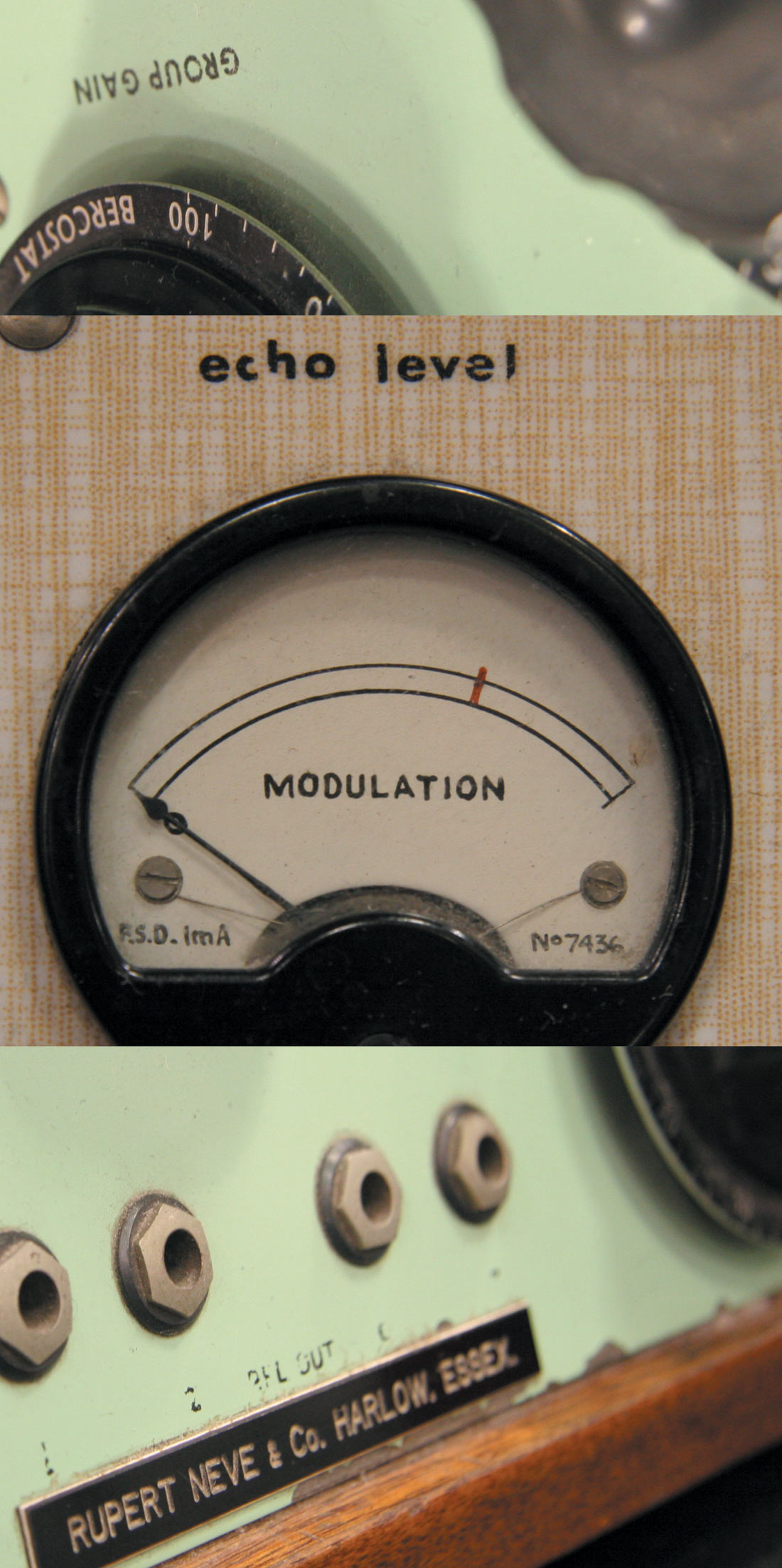Elsewhere in this issue is my review of the Groove Tubes MS encoder, which was designed to be an M/S to L/R encoder for recording with Mid/Side microphones. The Sonic Orbit accomplishes the same task, but unlike the rackmount encoder from GT, Peter Engh's is 100% passive and is enclosed in a high-quality, 5.25'' x 3'' aluminum-alloy project box. Instead of op-amps, the Sonic Orbit employs two transformers (wired point-to-point) to do the "math": Left = Mid + Side; Right = Mid - Side. You feed it the outputs of the Mid and Side mic preamps and out comes a stereo pair (all via Neutrik XLR connectors). An unbreakable, recessed switch reverses the stereo image by flipping the polarity of the Side channel. As is the case with the GT MS, you can feed the Sonic Orbit an L/R signal and get out an M/S pair-the "math" is the same for reverse encoding. Blind A/B testing the Sonic Orbit using a mono signal and level-matched returns, I found it easy to discern the Sonic Orbit output verses a bypassed path-more lows out of the Sonic Orbit, which I assume is a product of the transformers. I pulled out my audio analyzer and confirmed that from 160 Hz on down, the level was changing by fractions of a dB. I also tested for Total Harmonic Distortion, measuring an increase in THD below 160 Hz (e.g., 0.03% at 63 Hz vs. 0.002% at 1 kHz). There's also some measurable crosstalk between the Left and Right outputs, which can be heard on delicate passages with extreme panning. Unfortunately, I didn't have the GT MS at my disposal (it's in JB's Hangar Studios), so I was unable to do a direct comparison or take measurements of the GT unit. But in general, I like the extra "oomph" of transformers over the grit of low-cost op-amps, and I estimate that the Sonic Orbit will outperform a three-fader M/S matrix implemented on most low to mid-priced analog consoles.
Ultimately, what it comes down to is how your signal path sounds to your ears; and the Sonic Orbit sounds musical. Moreover, the fact that the Sonic Orbit requires no power is also a plus. Right now, I'm using the Sonic Orbit as an L/R encoder for my custom-made, passive Zerotronics CoolSprings reverb. The reverb has two sets of springs with discrete I/O; I use the reverb in M/S mode with a longer decay on the Side channel. For field-recording, the Sonic Orbit would be the obvious choice because it's small, built like a tank, and sounds pretty good. Two Sonic Orbit would work well for M/S processing in the studio-one to convert L/R to M/S before processing and the second to convert back after processing. The unit ships with a single-sheet manual (all that's required) and an informative white paper on M/S mic'ing. ($388 MSRP; www.peterengh.com) - AH




_disp_horizontal_bw.jpg)